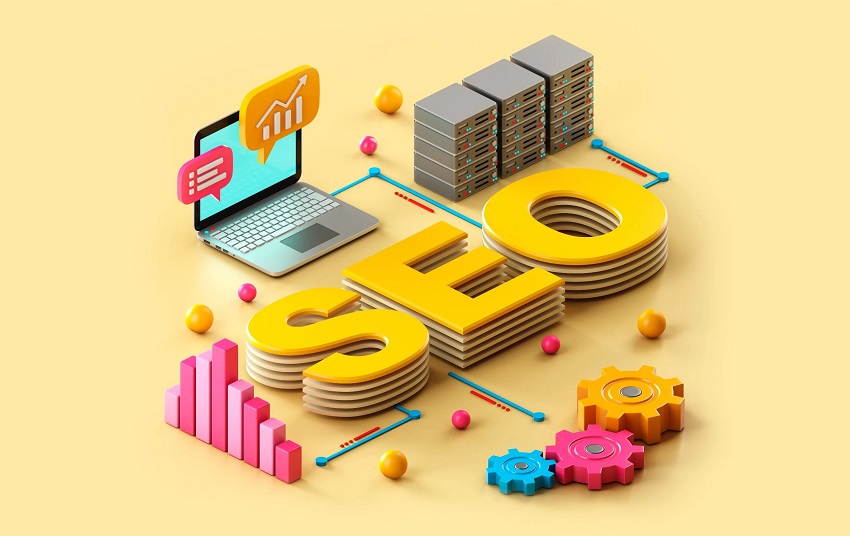Hey there! So, you’re ready to embark on the exciting journey of starting your own e-commerce business? That’s awesome! With the world of online shopping expanding every day, it’s the perfect time to dive in. In this article, we’ll guide you through the step-by-step process of building your e-commerce empire. From finding your niche to growing your brand, we’ve got your back. Let’s jump right in!
Welcome to the digital age where dreams of running an online business can come true. Starting an e-commerce venture is now easier than ever before. However, to succeed in this bustling world, you need a solid plan and a good understanding of the industry.
Step 1: Discover the E-commerce Landscape
Before you jump in headfirst, take a moment to explore the e-commerce landscape. Get a feel for the latest trends, understand consumer behavior, and get to know your competitors. Study successful e-commerce businesses in your niche and learn from their strategies and best practices.
Step 2: Find Your Unique Niche
Discovering the perfect niche is like finding a hidden treasure. Choose a niche that aligns with your passions, interests, and target audience. Do some market research to uncover untapped opportunities and truly understand what your potential customers crave.
Step 3: Dive into Market Research
Market research is your compass in this vast sea of possibilities. Validate your business idea and gain insights into your target audience. Delve deep into your niche and analyze product demand. Get to know your competitors and identify what sets you apart. This research will be your guiding light and help you tailor your offerings to meet customer needs effectively.
Step 4: Select the Right E-commerce Platform
Choosing the perfect e-commerce platform is like finding the right ship for your voyage. Consider factors such as ease of use, scalability, customization options, and integrations with other tools. Popular platforms like Shopify, WooCommerce, and Magento offer a range of features, so find one that fits your needs like a glove.
Step 5: Set Up Your Online Store
It’s time to build your online store! Register a domain name that reflects your brand and choose an eye-catching design that speaks to your target audience. Set up essential features like payment gateways, shipping options, and tax rules. The smoother the sailing, the happier your customers will be!
Step 6: Design a Captivating User Experience
First impressions are everything! Designing a user-friendly interface is key to capturing the hearts of your website visitors. Focus on intuitive navigation, showcase products beautifully, and include clear call-to-action buttons. Oh, and don’t forget to optimize your site for mobile devices—everyone’s on the go these days!
Step 7: Get Discovered with SEO
Ahoy, matey! Be the captain of search engine rankings with some solid SEO strategies. Identify relevant keywords, optimize your product descriptions, titles, and meta tags. Oh, and remember to create top-notch, informative content that provides value to your customers.
Step 8: Chart Your Marketing Course
You’ve set sail, but how do you make some waves? A well-crafted marketing strategy is your compass in the vast ocean of possibilities. Mix and match different tactics like paid ads, social media marketing, content creation, and email campaigns. Leverage the power of social media platforms and collaborate with influencers to spread the word about your brand.
Step 9: Build a Captivating Brand
In the vast sea of e-commerce, building a strong brand is your secret weapon. Craft a compelling brand story, create a unique brand identity, and consistently communicate your brand values through your website and social media channels. Be genuine and build trust with your audience—it’s the key to success!
Step 10: Master Inventory and Logistics
Smooth sailing requires efficient inventory management and logistics. Use inventory management software to keep track of stock levels, automate reordering processes, and ensure timely order fulfillment. Partner with reliable shipping and fulfillment services to handle the logistics of storing, packing, and delivering your products.
Step 11: Provide Exceptional Customer Service
Customer service is the wind in your sails. Go above and beyond to provide exceptional customer service that makes your customers smile. Implement live chat support, offer detailed product information, and respond promptly to customer queries. Personalize the customer experience and make them feel special.
Step 12: Secure Payments Ahoy!
When it comes to payments, security is the name of the game. Integrate reputable and secure payment gateways into your e-commerce website. Display trust seals and SSL certificates to reassure customers that their payment information is safe and sound.
Step 13: Navigate by Data
Ahoy, captain! Set your course with the power of data. Use analytics tools to gather insights about customer behavior, sales patterns, and website performance. Analyze this data to make informed decisions, optimize your marketing campaigns, and identify areas for improvement. Keep a close eye on key metrics and adjust your strategies as needed to maximize your growth potential.
Step 14: Set Sail for Success
You’re on your way to success, but don’t drop anchor just yet! As your e-commerce business gains momentum, it’s time to set sail for new horizons. Explore opportunities for expansion, diversify your product range, and consider entering new markets. Continuously refine your marketing strategies, invest in customer retention initiatives, and seek collaborations or partnerships to reach a broader audience.
Conclusion: Set Sail on Your E-commerce Journey
Congratulations! You’re now equipped with the knowledge to set sail on your e-commerce adventure. Remember, success comes with dedication, flexibility, and putting your customers first. So, hoist the anchor and embark on your e-commerce voyage. May favorable winds guide you to prosperity!
FAQs (Frequently Asked Questions)
- How much does it cost to start an e-commerce business?
Starting costs can vary depending on the size of your business, the e-commerce platform you choose, and your marketing expenses. It’s a good idea to create a budget that includes everything from inventory and website development to marketing and operational costs.
- Do I need technical skills to start an e-commerce business?
While technical skills can be helpful, they’re not mandatory. E-commerce platforms offer user-friendly interfaces and resources to guide you through the setup process. If needed, you can also hire professionals or freelancers to handle technical aspects.
- How long does it take to see results in an e-commerce business?
The time it takes to see results can vary based on factors like your marketing efforts, product demand, competition, and customer engagement. Be patient, stay consistent with your strategies, and adapt to market trends along the way.
- What are effective marketing channels for e-commerce businesses?
Effective marketing channels for e-commerce businesses include social media platforms like Instagram and Facebook, email marketing, content marketing through blogging and guest posting, influencer partnerships, and paid advertising platforms like Google Ads and Facebook Ads.
- How can I differentiate my e-commerce business from competitors?
To stand out from competitors, focus on exceptional customer service, offer unique products or experiences, build a strong brand identity, and provide a seamless shopping experience. Understand your target audience’s needs and tailor your offerings to meet them.



